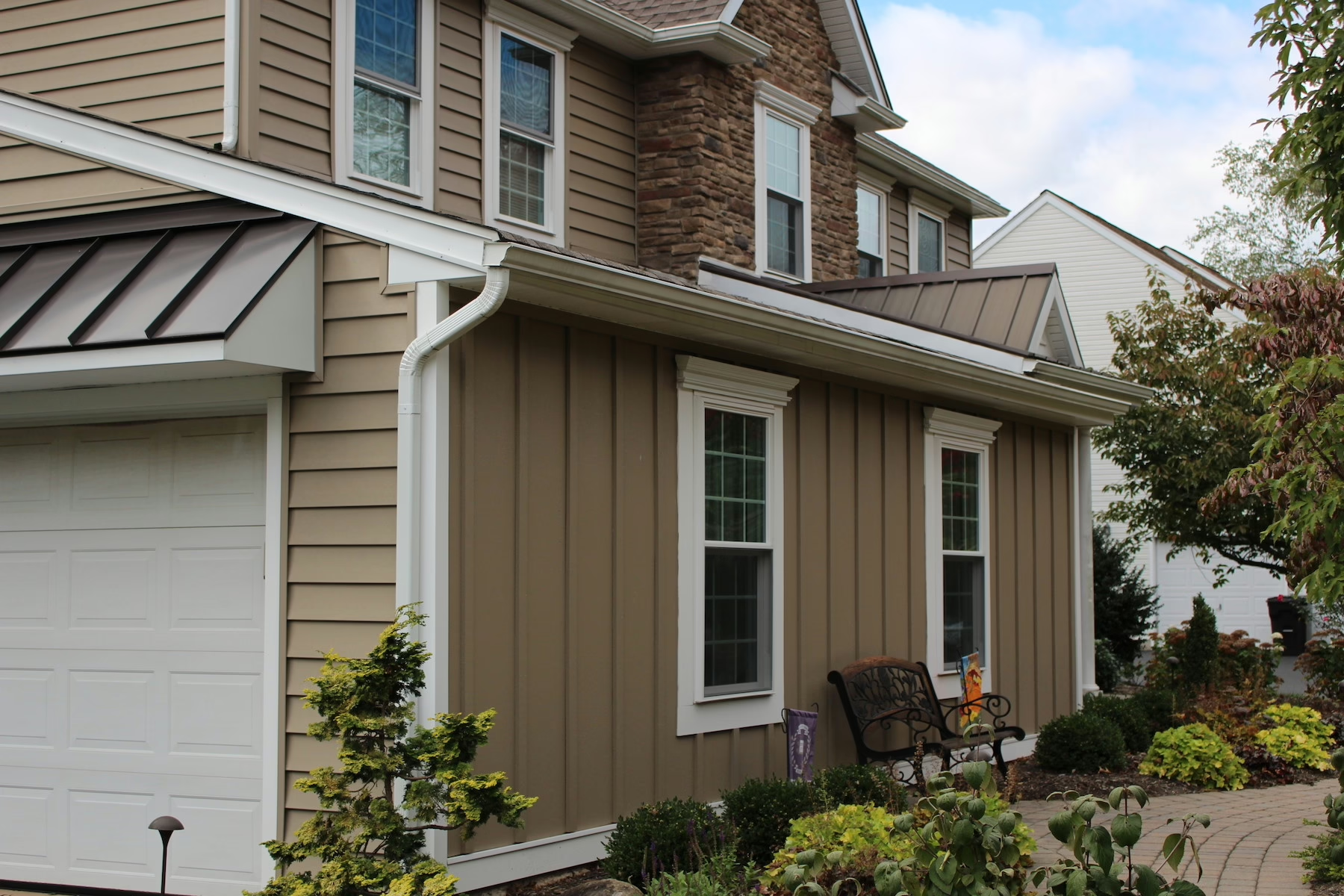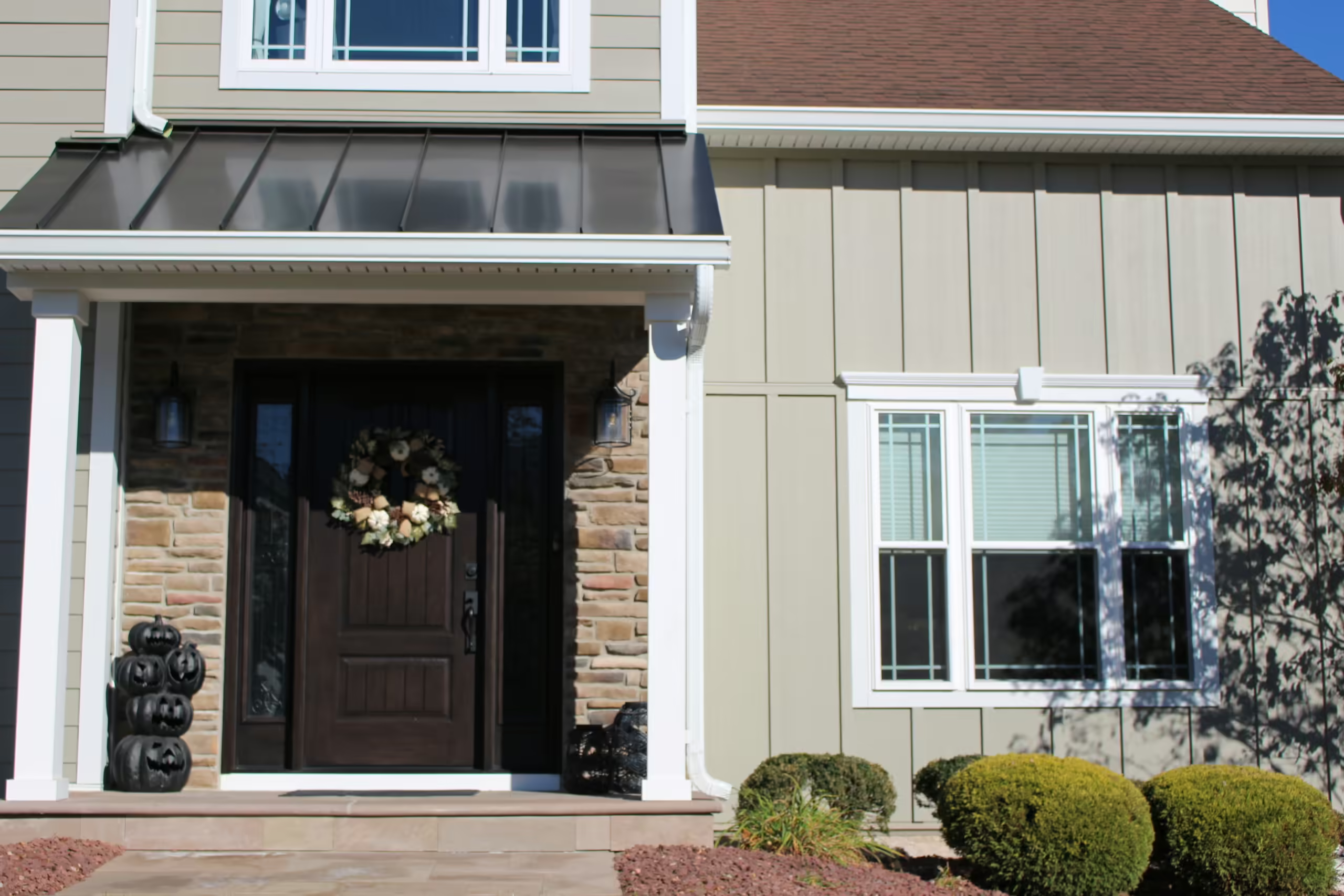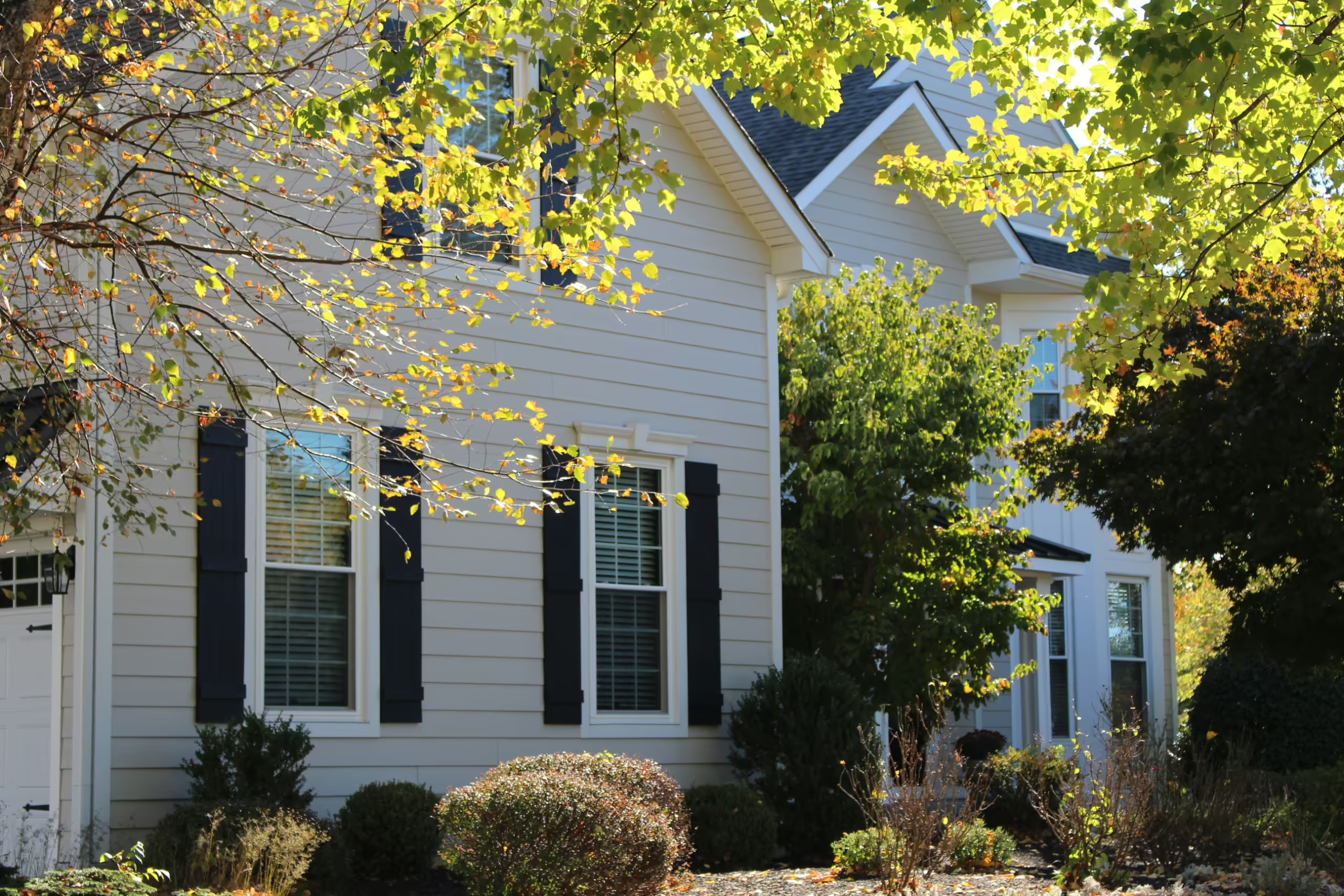How do you really know when it’s time for new windows? Windows can last on average for 20-40 years depending on brand, location, usage & more. However, windows that are in constant exposure to the sun or subjected to extreme temperatures may need to be replaced sooner. If you have experienced any (or all) of the three indicators below it may be time to have new windows installed. Our experienced home improvement contractors are here to guide you through the window installation process.
Seals Breaking
A broken window seal is bound to happen over time, especially if your windows are over fifteen years old. Most often, the seal breaks due to change in temperatures. Glass repeatedly expanding from the warm sun, followed by the glass cooling and contracting as the temperature drops eventually results in broken seals. When a window seal breaks, the window is not able to effectively insulate itself. Ultimately, the seal allows outside air to come indoors, resulting in drafts even when the window is closed.
Condensation Showing
Is your glass “sweating” – is water beading or ice forming on the inside surface of your windows? There’s a good chance that what you are seeing is condensation, a sign that there is excess humidity in your home. Humidity – water vapor mixed with air – is drawn to the coolest surfaces, such as your window. A surface that is cooler than room temperature is more likely to show condensation. If condensation is appearing in between the panes of glass, this may indicate a seal failure. Furthermore, if condensation is forming at the bottom of the window it is due to the fact that warm air rises, and since humidity is attracted to cooler air, condensation will often show near the bottom of the glass.
High-Energy Bills
Your windows may be to blame for a high energy bill. Twenty-five to thirty percent of residential heating and cooling energy is due to heat gain and loss through windows. Depending on the age of your home, you may have single-pane windows. Single-pane windows insulate the home significantly less than double-pane windows that feature gases between both panes to reduce the outdoor inflow of air. If you have double-pane windows, it is crucial to investigate your window energy-efficiency ratings and if it has the Energy Star label. While they may be double-pane, not having an energy-efficient window could be the culprit for a higher bill. By investing in windows that are double-paned and energy-efficient, you could reduce your energy bill.
Are these signs speaking to you? Contact our team today to learn more about our window installation process and receive a free estimate!



